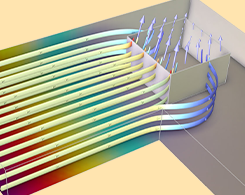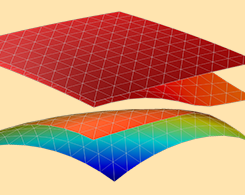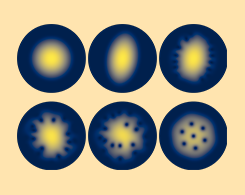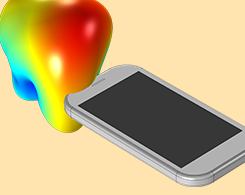Blog Posts Tagged Semiconductor Module

Modeling a THz Photoconductive Antenna with COMSOL Multiphysics®
Photoconductive antennas are commonly used in terahertz engineering. Learn how these devices work and how to model one with the Semiconductor Module and RF Module.

Can COMSOL Multiphysics® Solve the Hydrogen Atom?
In this blog post, you’ll get an introduction to quantum mechanics and learn how to model the hydrogen atom.

Extracting Specific Contact Resistivity with a Benchmark Model
You can now add contact resistance to metal contacts using the Semiconductor Module. In this blog post, we’ll explore a benchmark model that takes advantage of this new functionality.

Optimizing Solar Cell Designs with a Simulation App
The SolCelSim app, designed by an MSc student at the University of Zilina, enables researchers to simulate solar cell designs, even if they are unfamiliar with simulation software.
Simulating a Silicon Quantum Dot in a Uniform Magnetic Field
Solar cells, LEDs, displays, photodetectors, and quantum computing are all potential applications of quantum dots, an essential aspect in the field of nanotechnology.

k • p Method for Strained Wurtzite GaN Band Structure
Model a wide range of semiconductor systems, such as particles with spins and strained wurtzite crystals, using multicomponent wave function functionality in the Schrödinger Equation interface.

Model Vortex Lattice Formation in a Bose–Einstein Condensate
Bose–Einstein condensation can cause superfluidity, superconductivity, lasers, and trapped dilute cold atoms. When such systems are subjected to rotating perturbation, it forms a vortex lattice.

Computational Electromagnetics Modeling: Which Module to Use?
If you work with a particular electromagnetic device or application area, you might be wondering which module in the COMSOL product suite is right for you. Keep reading for a comprehensive intro.
